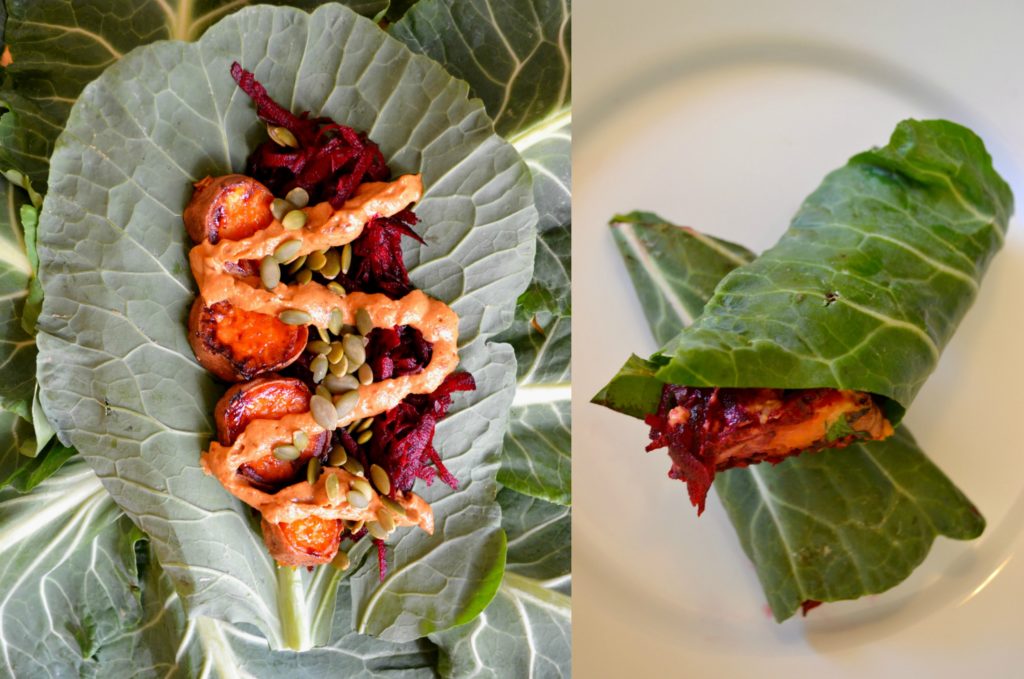
🎁 Holiday Special: SAVE 52% on the Nutrition Coach Starter Package. Limited number remaining.

🎁 Holiday Special: SAVE 52% on the Nutrition Coach Starter Package. Limited # left.

Cashews are the seed of the cashew fruit, and unroasted have a mild, milky flavor. Cashews are a decent source of protein, fat, and both soluble and insoluble fibers. Cashews are also a rich source of copper, and a good source of magnesium, manganese, phosphorus, and zinc. Add cashews to salads, stir-fries, as a topping to oats, or blended in smoothies for added creaminess.
Commonly referred to as a nut, cashews are actually a type of tree seed.
Cashews are primarily cultivated in Vietnam, India, Africa, and Brazil.
Raw cashews have a mild, milky, starchy flavor.
Cashews are the kidney-shaped seed of the cashew fruit. Unlike most fruit seeds, cashew seeds grow outside of the fruit, like a fat curled tail hanging below the fruit, known as the cashew apple.
During harvesting and processing, cashews are first separated from the fruit. Then, the hard seed shell is removed which reveals a membrane covered with a skin-irritating resin. This membrane is removed, including the resin, and the white cashew is then ready to be consumed.
1 oz of cashews (about 17 cashews) has 157 calories, 5.2g protein, 8.6g of carbohydrates, 0.9g fiber, 1.7g sugar, and 12.4g of fats. Cashews are an excellent source of copper, and a good source of phosphorus, magnesium, manganese, and zinc.
Cashews are commonly found raw, roasted, or roasted and salted.
Although labeled as such, “raw cashews” are not technically raw, as heat has been used during their processing to facilitate the removal of the hard shell and the seed membrane, although the resulting shelled cashew has not been additionally roasted.
As with all foods, check the expiration date if buying packaged cashews to ensure freshness. If buying in bulk, shop at stores with covered bins and high product turnover. Avoid cashews that look discolored or shriveled, or those that smell/taste bitter or musty.
Store cashews in an airtight container in the fridge for up to 6 months, or in the freezer for up to a year.
Cashews are delicious eaten plain, raw, or roasted. The former has a milder, milkier taste and the latter has a stronger, nuttier taste.

You’ll want to put this sauce on everything. Smoky, creamy, and flavorful, this sauce can be used in sandwiches or wraps; as a salad dressing; as a dip for fresh vegetables; or even as a pasta sauce. Add it to anything you want to make more delicious.
Prep Time: 15 minutes Cook Time: 0 minutes Yield: 1 collard wrap
For the sauce:
Place all ingredients in a blender or food processor and process until smooth.
Transfer to an airtight container. Use immediately or keep in the fridge for up to 4 days.
For the wrap:
Place choice of fillings along the spine of the collard leaf, with the ridge of the stem facing out.
Drizzle with cashew sauce.
Roll up the wrap and eat immediately.
Precision Nutrition’s Encyclopedia of Food expands every single month as we highlight new foods and showcase beautiful food photography. If you’d like to stay up to date, simply click this link. From there, we’ll send you a FREE copy of our recipe book. We’ll also let you know when new and delicious foods are added to the site.
Cashews are the seed of the cashew fruit, and unroasted have a mild, milky flavor. Cashews are a decent source of protein, fat, and both soluble and insoluble fibers. Cashews are also a rich source of copper, and a good source of magnesium, manganese, phosphorus, and zinc. Add cashews to salads, stir-fries, as a topping to oats, or blended in smoothies for added creaminess.